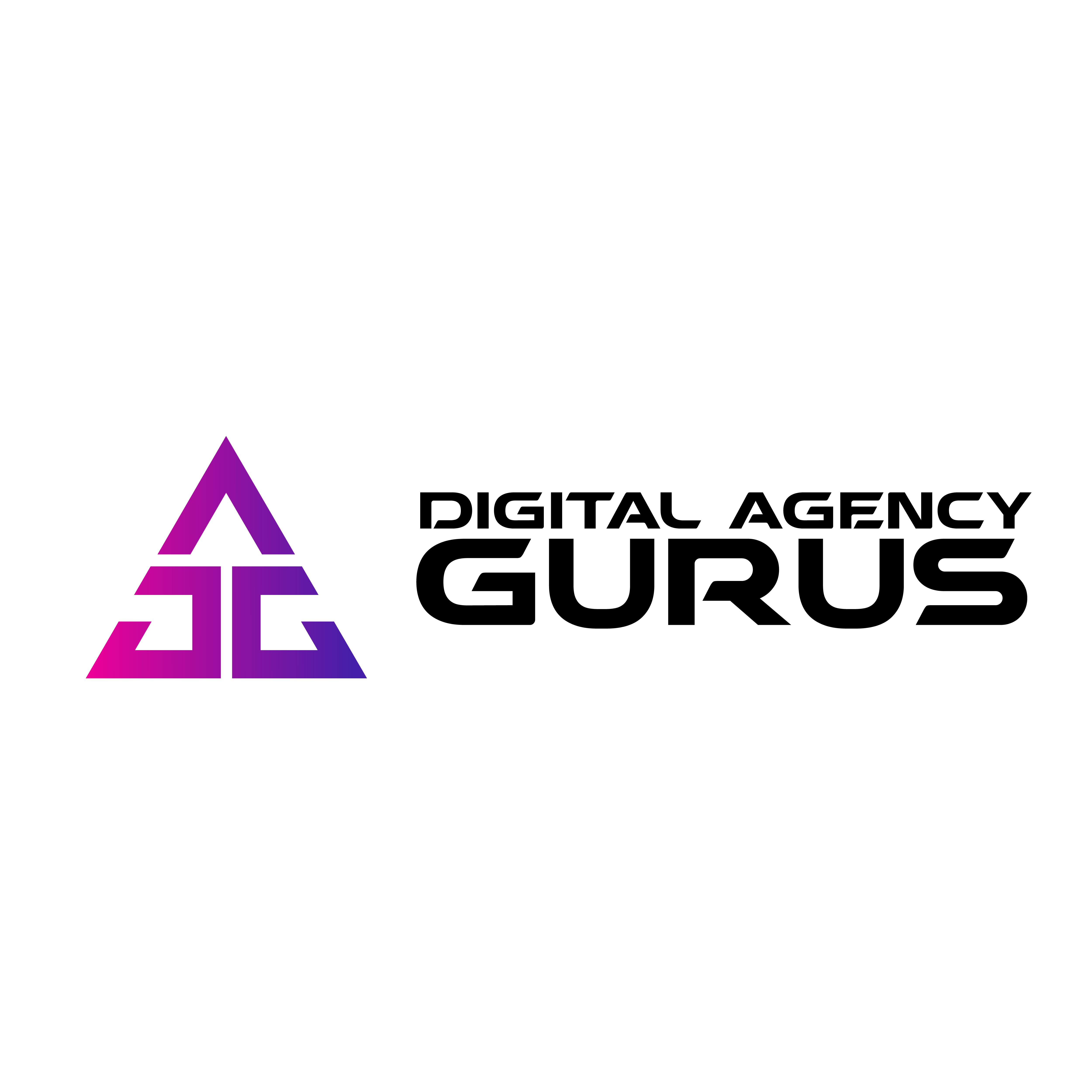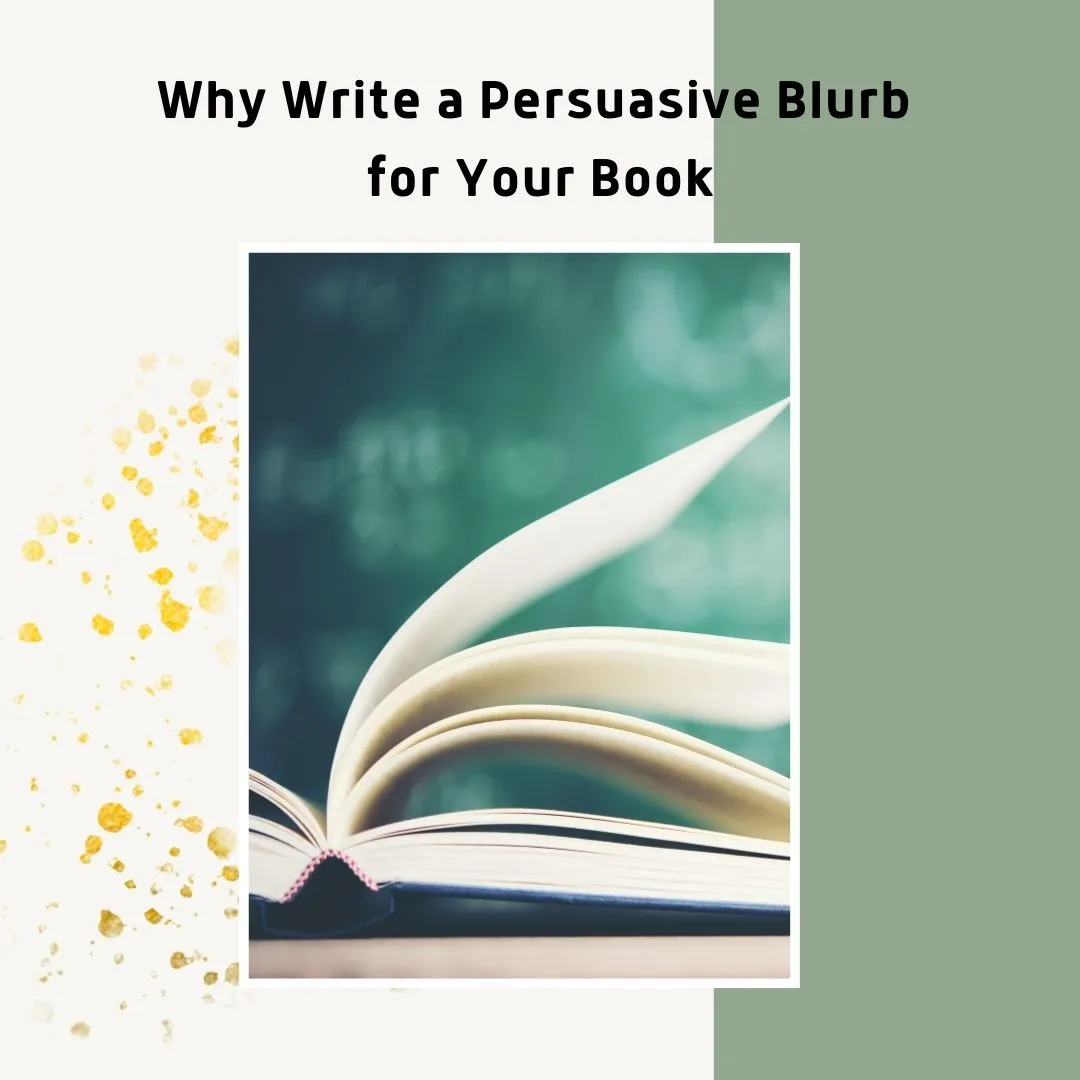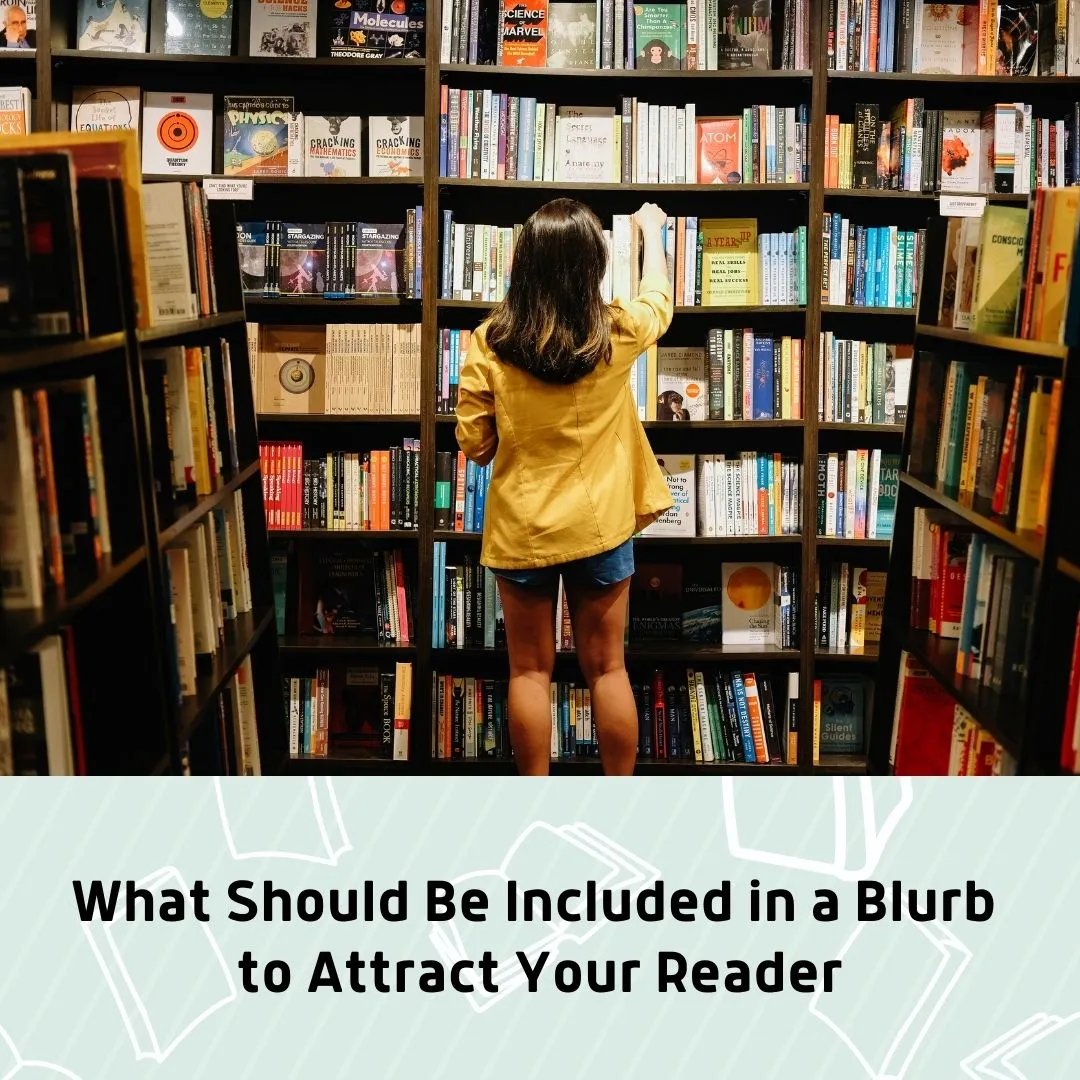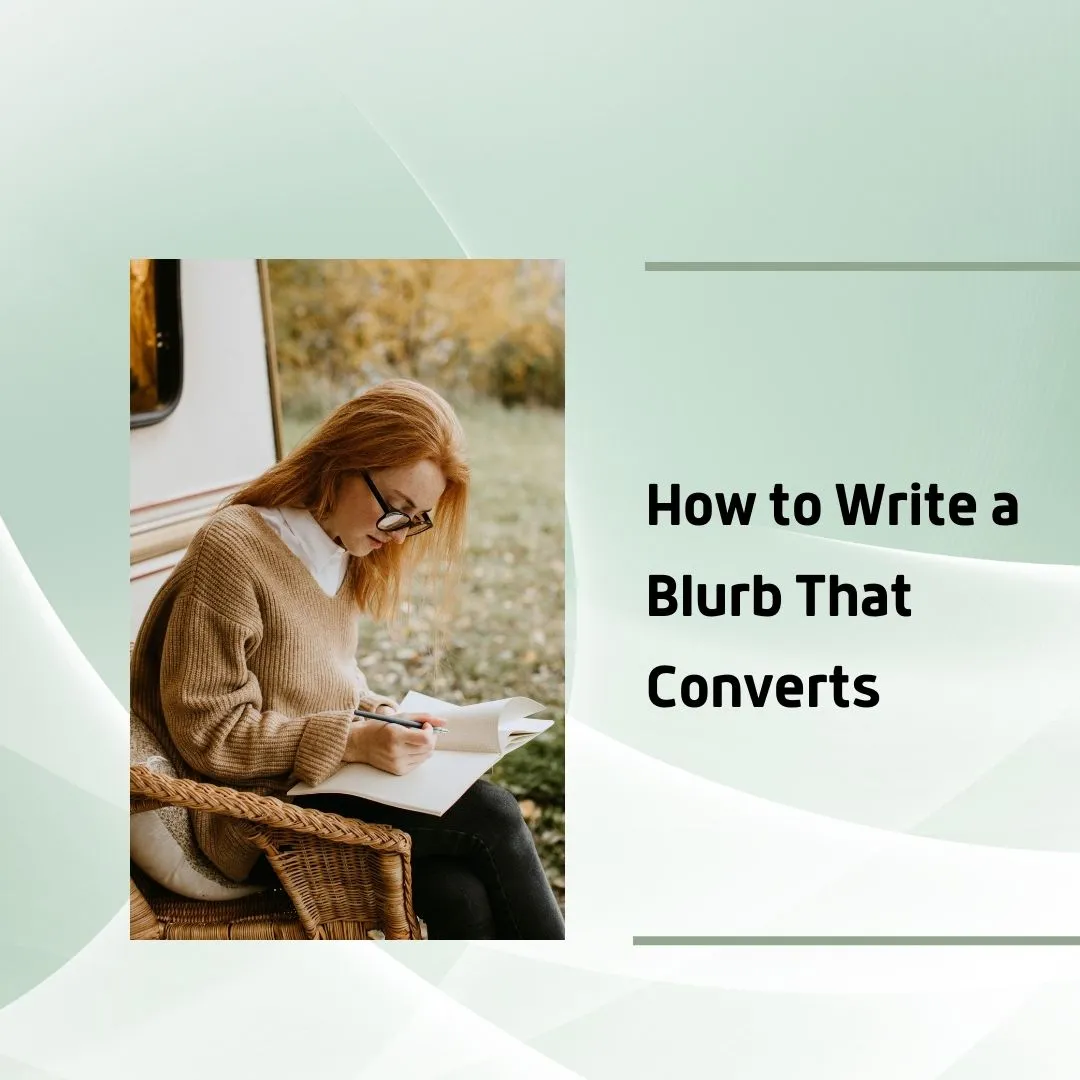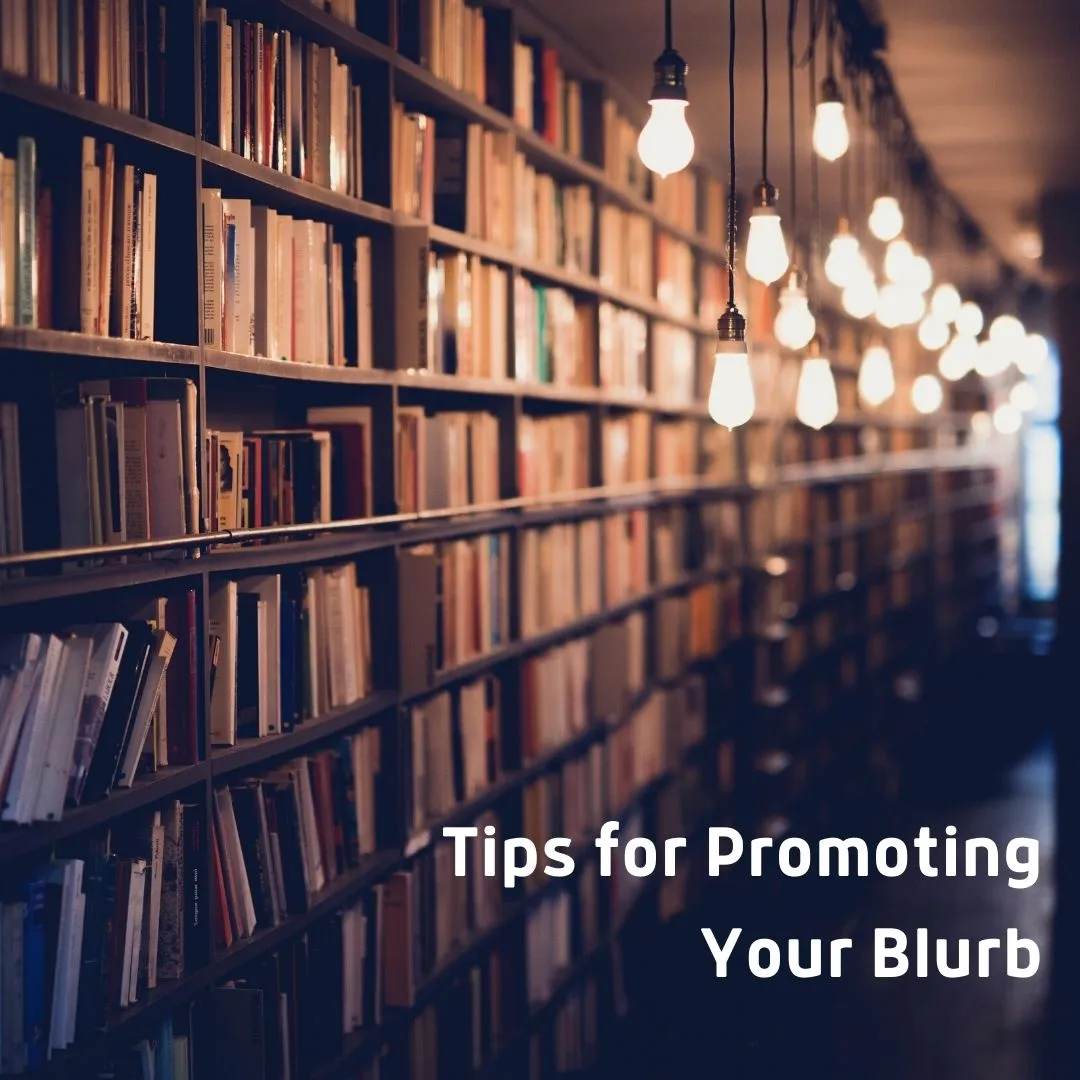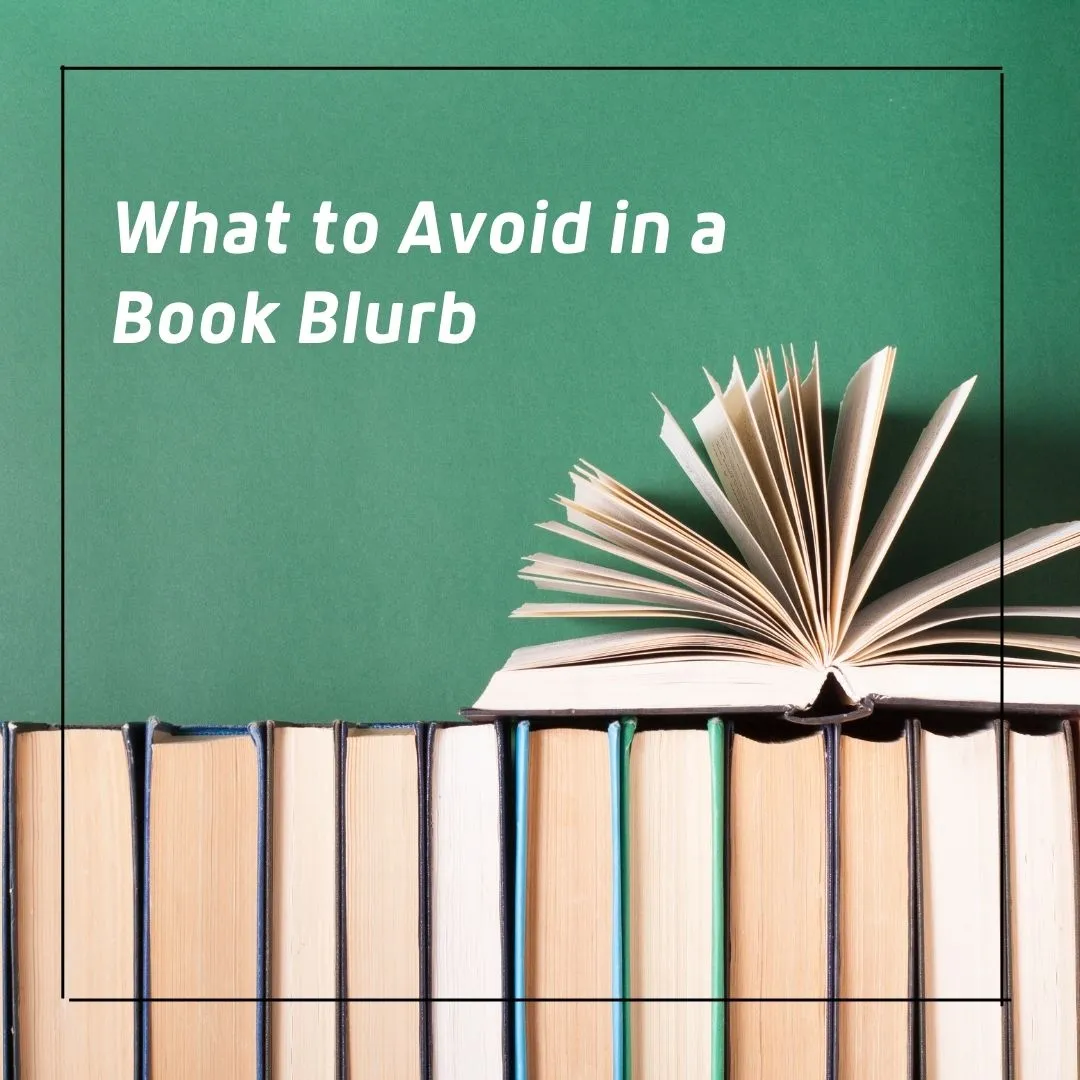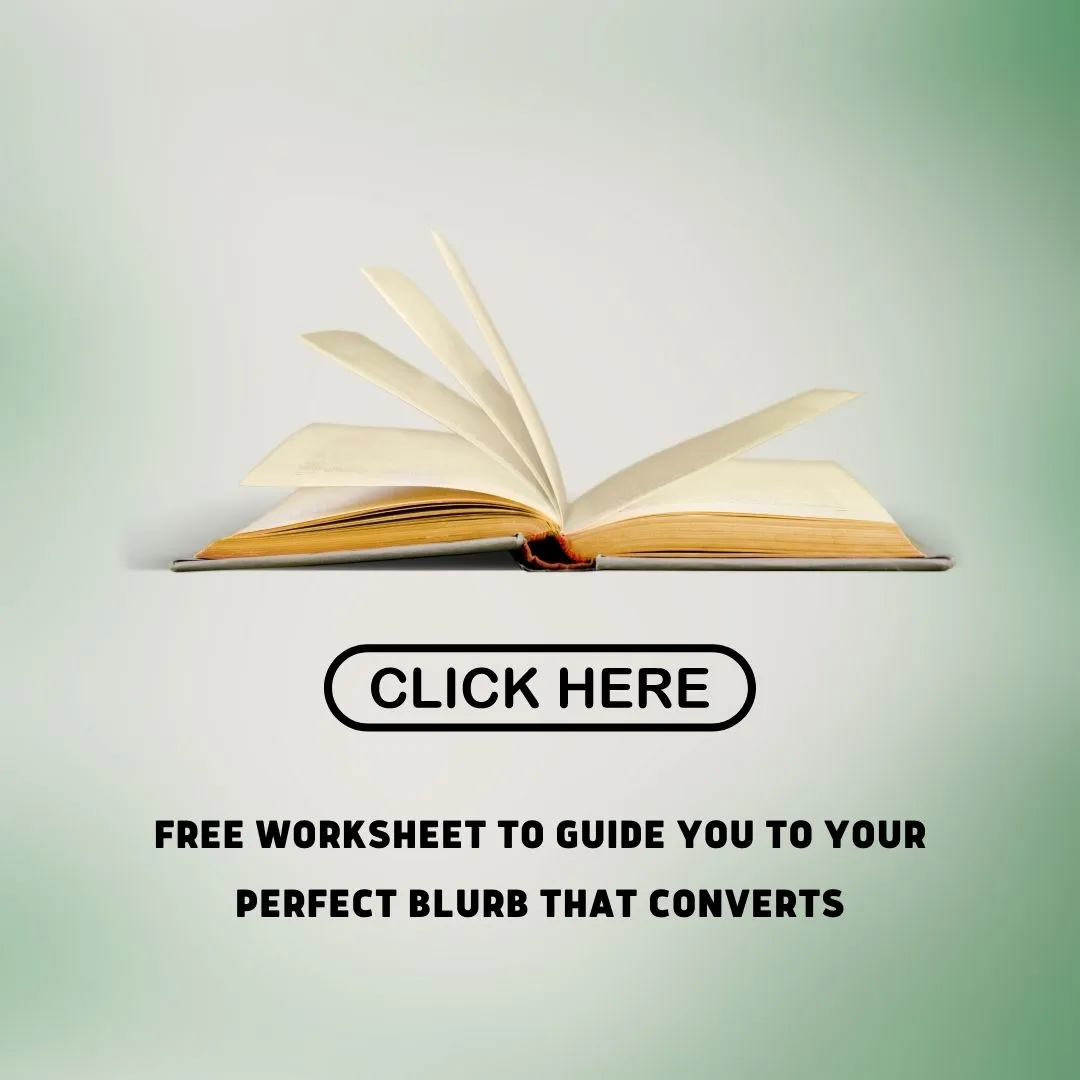How to Write a Non-Fiction Book Blurb That Sells
It’s no secret that writing a non-fiction book is hard work. You must do extensive research, organize your thoughts, and then put all of that into a cohesive and well-written book. But once you’ve finished all that hard work, the next step is to write a blurb that will sell your book.
A good blurb can make all the difference in getting people to read your book. You should keep your blurb between 100-200 words, and it needs to be interesting enough to hook potential readers. It should include the most critical points of your book and be error-free.
This article will discuss some tips for writing compelling non-fiction or how-to book blurb. By following these tips, you can be confident that your blurb will help sell your book. If you’re unsure how to write a blurb that sells, don’t worry - we’re here to help.
1. Why write a persuasive blurb for your book
2. What should be included in a blurb to attract your reader
3. How to write a blurb that converts
4. Tips for promoting your blurb
5. What to avoid in a book blurb
Why write a persuasive blurb for your book
If you want to sell your non-fiction book, you need a persuasive book blurb. A good blurb will opening line grab the attention of potential readers and make them want to learn more about your book. It should also highlight why you are uniquely qualified to write on the topic at hand and showcase the cover of your book to generate interest.
A persuasive blurb can help convince potential readers to check out your book. If you are interested in learning more about a particular topic, a good non-fiction book blurb can be the deciding factor in whether or not you decide to buy it.
According to a Harvard School of Business study, 48 percent of readers look to the back of the book before deciding to buy. If you want to sell your non-fiction book, it’s crucial to have a persuasive blurb that will grab potential readers’ attention and make them want to learn more about it.
Read on to discover how to master the art of selling your book with a persuasive blurb.
What should be included in a blurb to attract your reader
Your blurb is your opportunity to hook the reader and convince them to buy your book. It needs to be well written and include the following elements: an opening line that grabs attention, a summary of what the book is about, and why the reader should buy it. It’s also essential to ensure your blurb is error-free and accurately reflects your book’s content. Finally, include your book’s cover on the blurb for added visual impact.
Hook
Your opening line counts and is essential to grabbing attention and convincing readers to buy your book. It should be creative, engaging, and relevant to your topic. You also want to ensure that it accurately reflects the content of your book. If you can hook the reader in the first sentence, they’ll be more likely to keep reading and consider buying your book.
Benefits
In addition to grabbing attention and accurately reflecting the content of your book, your blurb should also highlight the benefits of reading your book. What will the reader gain by reading it? How will it transform their life? What new knowledge or insight will they gain?
These are the kinds of questions you should be answering in your blurb. If you can convince the reader that your book is worth buying, you’re one step closer to getting them to purchase it.
Scannable Layout
When writing a non-fiction blurb, it’s essential to keep in mind the layout and design of the text. You want to ensure it’s easy to read and that the most important information is front and center. The reader should be able to scan the blurb quickly and get a sense of what the book is about and why they should buy it.
If you bury the most important information at the bottom of the blurb or make it difficult to read, you’ll lose your audience before they even have a chance to consider buying your book. Make sure your text is easy to scan, and you’ll be one step closer to convincing potential readers to buy your book.
Power Words
Power words are words that evoke emotion and grab attention. They help create a sense of urgency and motivate the reader to take action. A blurb is a great opportunity to use powerful words to hook your reader and convince them to buy your book.
When writing your blurb, use power words to create an emotional response. Use words that make the reader feel excited, enthusiastic, or motivated. Use words that make them feel curious or intrigued. Use words that make them feel like they need to know more.
If you can create an emotional response in the reader, you’re more likely to convince them to buy your book. So use power words liberally in your blurb, and watch as your sales increase!
Call-to-Action
A call-to-action is an essential part of any blurb. It’s the part that urges the reader to take action and buy the book. It should be clear, concise, and easy to understand.
Make it clear and concise, and make sure it’s easy to understand. Include a call to action in your blurb that encourages the reader to buy your book. If you can get the reader to take action and buy your book, you’re one step closer to getting them hooked on your writing.
How to write a blurb that converts
When you’re trying to write a blurb that will convince people to read your book, it’s important to remember the power of persuasion. By using powerful words that connect with the reader’s emotions, you can create a connection that will make them more likely to want to read your book.
Non-fiction book blurbs usually have a standard format. They hook the reader by introducing them to the problem that your book solves, followed by a list of the benefits of reading your book. The layout is scannable, making it easy for potential readers to see what your book is about at a glance. Finally, you’ll want to include a call to action, telling the reader what they need to do next.
Write in a Scannable Layout.
Most non-fiction buyers don’t read the details/paragraphs of the description but only scan the information. Their eyes pick up mainly on larger text, bold, underline, and lists. Using bullet points to highlight benefits to a potential buyer are powerful selling tools for consumers of nonfiction books. This differs from what fiction readers expect on the back cover blurb.
There are a few questions you should keep in mind when writing your blurb:
Who is this book for?
When writing your book blurb, it’s essential to target your audience. You want to make sure you’re speaking to the people who will be most interested in reading your work. Figure out who your ideal reader is and write specifically for them.
What problem or issue does it solve?
What does your book offer that will make people want to read it? Your text should offer something unique that other books in your genre don’t. Figure out what makes your work unique, and make sure to highlight that in your blurb.
What transformation will occur?
Your book should change the reader in some way, whether teaching them something new, helping them solve a problem, or simply providing entertainment. Keep this in mind when writing your blurb, and highlight the transformation that will occur.
A non-fiction book blurb needs to do three things:
- Target the audience.
- Highlight the unique selling points of the book.
- Explain the transformation that will occur.
This can be a challenge, but by using power words and persuasion techniques, you can write a blurb that will make people want to read your book.
Tips for promoting your blurb
To sell more copies of your non-fiction book, you need to promote your blurb effectively.
There are several ways to promote your book blurb, and the following are some of the most effective:
1. Make sure your blurb is prominently displayed on your book’s website and in all online bookstores.
2. Send out press releases announcing the release of your book and include a link to your blurb.
3. Post your blurb on social media sites and encourage your friends and followers to share it.
4. Include a link to your blurb in your email signatures.
5. Write articles, blog posts, or even create videos that promote your book and include a link to your blurb.
6. After the book cover blurbs, the author's bio is the next place for your attention to make a positive and powerful first impression. Readers of nonfiction books tend to look at the author bio as a form of social proof.
What to avoid in a book blurb
When writing a book blurb, it’s essential to avoid certain pitfalls that will turn potential readers away. Here are four things to avoid when writing your blurb:
Opening with a long list of qualifications or credentials
When writing a book blurb, it’s essential to avoid giving the impression that the author is bragging. Potential readers want to feel like they can relate to the author, and a long list of qualifications or credentials will only make it difficult for them to do so.
Trying to be too clever or cutesy
This can make it difficult for potential readers to relate to the author and understand the book. A clever or cutesy blurb will likely be seen as unprofessional and may turn readers away.
When in doubt, keep it simple. Write a book blurb that is clear, concise, and to the point. Trying to be too clever or flowery will make it more difficult for potential readers to understand your book and why they should read it.
Make sure your book cover supports the blurb’s claim
A common mistake authors make is having a book cover that doesn’t support the claims made in the blurb. Make sure your book cover is eye-catching and relevant to the topic of your book.
Burying the lede
When writing, it’s crucial to hook the reader in with the opening line and keep them engaged throughout the entire piece. Burying the lede, or hiding the most vital information until the end, will only frustrate readers and make it difficult for them to stick with you until the end.
Ensure your opening line is strong, grabs your reader’s attention, and then gradually reveals the most crucial information throughout the piece. This will keep your readers hooked until the very end.
Conclusion
When it comes to writing a book, the blurb is one of the most critical pieces of marketing material you have. It’s your chance to hook potential readers and convince them to read your book. To write a compelling blurb, you need to know what to avoid and how to connect your reader from the beginning. Make sure your opening line is strong, grabs your reader’s attention, and gradually reveals the most critical information throughout the piece. This will keep your readers hooked until the very end.
First impressions count. By writing a blurb that can answer the reader's question, "What's in it for me?" you can reach potential buyers and convince readers to take that next step in your call to action.
If you can master the art of writing a persuasive book blurb, you’ll be one step closer to convincing potential readers to give your book a chance.
__________
